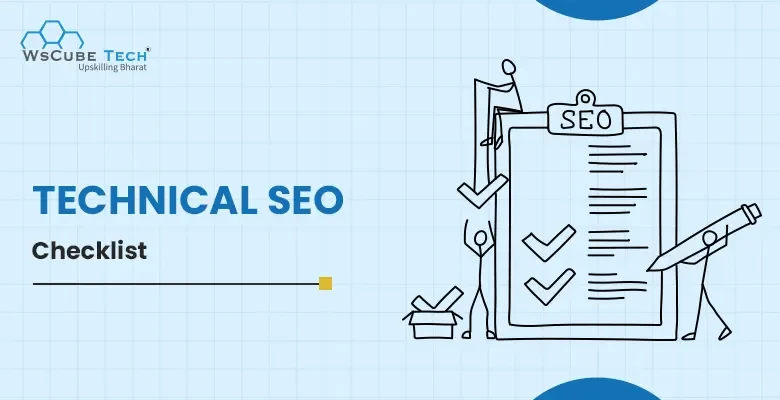
Technical SEO Checklist for Developers
- 0
As a developer, you are responsible for building websites and applications that not only function well but also rank well in search engine results. Technical SEO plays a crucial role in determining how easily search engines can crawl and index your site. Here is a comprehensive checklist to ensure your website is optimized for search engines:
1. Mobile-Friendly Design
With the majority of internet users accessing websites on mobile devices, it is essential to have a responsive design that adapts to different screen sizes. Test your website on various devices and use tools like Google’s Mobile-Friendly Test to optimize for mobile.
2. Page Speed Optimization
Page speed is a critical ranking factor, as slow-loading websites have higher bounce rates. Minimize server response time, optimize images and scripts, and leverage caching to improve page speed.
3. Secure HTTPS Connection
Ensure that your website is served over a secure HTTPS connection to protect user data and improve search engine rankings. Install an SSL certificate and configure redirects to the HTTPS version of your site.
4. XML Sitemap
Create an XML sitemap that lists all the pages on your website to help search engines understand the structure of your site. Submit the sitemap to search engines like Google to ensure all pages are indexed.
5. Robots.txt File
Use a robots.txt file to tell search engine crawlers which pages to crawl and which to ignore. Make sure important pages are not blocked, and avoid blocking CSS and JavaScript files that could affect indexing.
6. Canonical Tags
Implement canonical tags to specify the preferred version of a page when multiple URLs display the same content. This helps prevent duplicate content issues and ensures search engines rank the correct page.
7. Structured Data Markup
Use schema markup to provide search engines with additional context about the content on your website. Structured data helps improve visibility in search results and can enhance rich snippets like star ratings and reviews.
8. Internal Linking
Create a logical internal linking structure to help search engines navigate your site and understand the relationship between different pages. Link to related content using relevant anchor text to improve crawlability and indexing.
9. Alt Text for Images
Add descriptive alt text to images to improve accessibility for visually impaired users and provide search engines with context about the image. Use keywords where appropriate but avoid keyword stuffing.
10. Monitor and Analyze Performance
Regularly monitor website performance using tools like Google Analytics and Google Search Console. Track organic search traffic, keyword rankings, and user interaction metrics to identify areas for improvement.
Conclusion
By following this technical SEO checklist, developers can ensure that their websites are optimized for search engines and provide a seamless user experience. Implement these best practices to improve visibility in search results and drive organic traffic to your website.
Remember, SEO is an ongoing process, so regularly audit and refine your website to stay ahead of the competition and maintain high search engine rankings.

